Graphic Organisers to Teach Top Level Structures (Part 1 of 7)
Graphic Organisers: Part 1 of 7
Graphic Organisers have been shown to be effective tools for assisting readers to comprehend and writers, or speakers, to organise ideas. They provide an interactive visual structure for showing connections and relationships between ideas, facts and concepts. By using these visual representations, elements can be sorted, categorised, organised, reorganised and sequenced to promote understanding and retention when reading and transference and generalisation when writing.
Organisers may be simple or complex. They are commonly referred to as ‘maps’ because they assist readers to map out someone else’s ideas, or their own thinking, as they analyse relationships within texts. In writing, they assist the writer to map out ideas to develop an organisational framework which makes their ideas easily understood by others.
To enrich instruction and support more effective application by students, Graphic Organisers should be used before, during and after instruction.
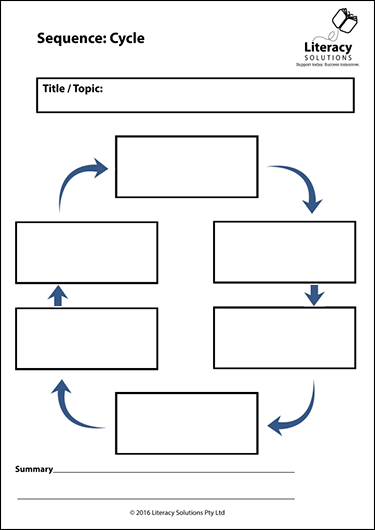
Before Reading:
Before reading is an effective time to introduce a graphic organiser to accompany a particular teaching-learning intention relevant to the text to be read, viewed or heard. When introducing an organiser for the first time, teachers should explain its purpose and demonstrate its use. Teachers may demonstrate thinking by using a graphic organiser and thinking aloud the connections they are making (Modelled Instruction). Alternatively, teachers may elicit responses from students while supporting thinking and construct the organiser together (Shared Instruction).
Teachers may target problem solving which occurs before reading and may use an organiser to support learners to:
- activate relevant prior knowledge
- connect ideas
- refine and fine-tune predictions
- frame relevant questions
- make inferences
- determine relevance from the text to their own lives.
Teachers may target one or more of these strategies to improve strategic problem solving before reading.
During Reading:
During reading, graphic organisers are helpful tools to deconstruct ideas. They assist readers to:
- isolate relevant ideas or elements
- process and reorganise relevant information
- make connections
- analyse ideas and relationships
- make assisted and unassisted inferences
- form judgments.
Graphic Organisers are often modified to suit the text type and the organisational framework, or top level structure. Organisers may be selected for particular teaching-learning intentions. If students are able to recognise the Top Level Structure of the text they are reading, they will often be able to determine which organiser will be helpful in constructing meaning. For example, if the nonfiction text is about amphibians and discusses the similarities and differences between frogs, toads and salamanders, an organiser which compares and contrasts may be most effective in highlighting the key ideas.
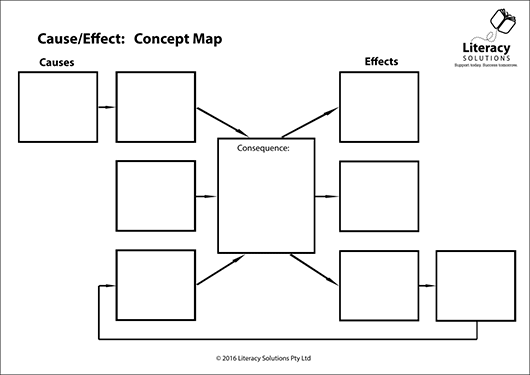
After Reading:
Used effectively, organisers highlight relevant information in a clear and concise manner. This scaffolds readers to:
- summarise the most important ideas
- interpret key themes or messages
- transfer and generalise facts, key concepts and relationships
- infer and elaborate from the information given
- make judgments.
Final Words
Understanding how, when and why organisers support thinking is imperative if students are to use them as a tool for reading and writing. Explicit teaching and demonstration must be followed by shared instruction. In turn, guided practice with reteaching, coaching and feedback must be monitored before students practice using organisers independently.
When well understood, students are able to construct and create their own organisers, modify them to suit their needs and share information recorded in a clear manner. Students’ abilities to communicate ideas is enhanced by clear instruction around signal words, or words which signal the use of a particular organisational structure or text type. Signal words sit well in specific lessons about Top Level Structures and when using specific Graphic Organisers.
View the Graphic Organisers Black Line Masters.
Top Level Structures and the use of Graphic Organisers are covered in depth in our Balanced Literacy Program workshop.


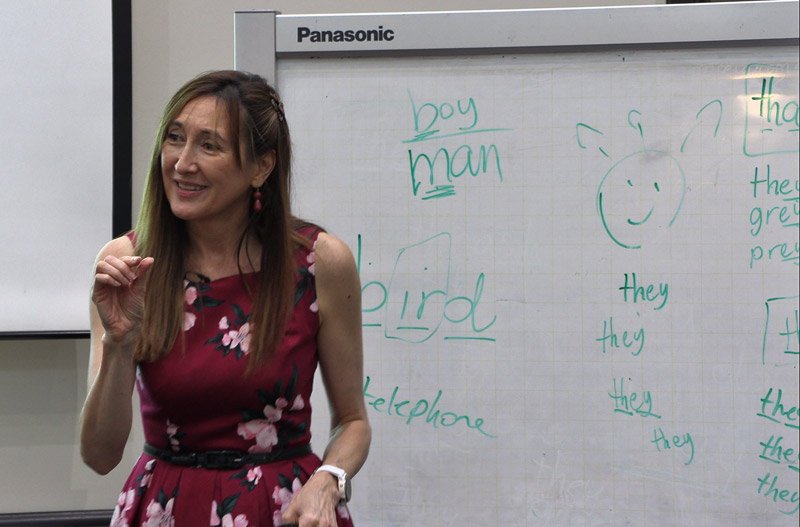
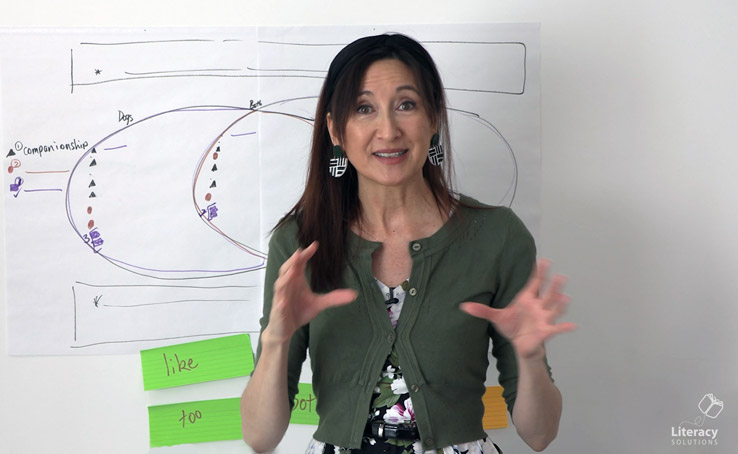
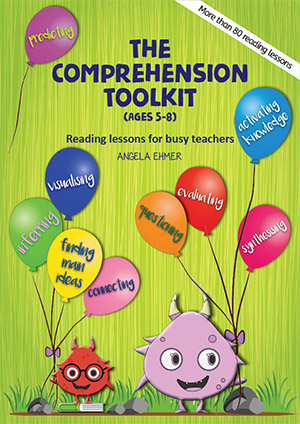
I would like to ask about my ability to share these excellent graphic organisers with my staff. I do not want to breach copyright, so are there any problems forwarding this email to staff at my school?
Hi Michelle, please feel free to share any material on our website with your staff. We have some details about terms of use here: http://www.literacysolutions.com.au/terms-and-conditions.php